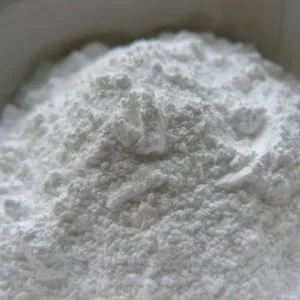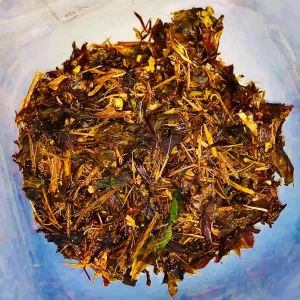Ketamine: Beyond the Operating Room
Ketamine, originally developed as an anesthetic in the 1960s, has found new life in mental health care. While it’s still used in surgery and veterinary medicine, recent studies highlight its potential for treating depression, especially in cases where other medications fail. Unlike traditional antidepressants, ketamine acts quickly—sometimes within hours—by targeting glutamate, a neurotransmitter linked to mood regulation. However, ketamine isn’t without risks; misuse can lead to addiction, bladder problems, and cognitive issues. In controlled, clinical settings, low-dose ketamine infusions offer hope for those with treatment-resistant depression. Recreationally, ketamine is known as “Special K” and can cause dissociative experiences, sometimes described as feeling detached from one’s body or environment. As research expands, ketamine stands at the intersection of promise and caution, offering a glimpse into the future of psychiatric treatment while reminding us to respect its powerful effects.




